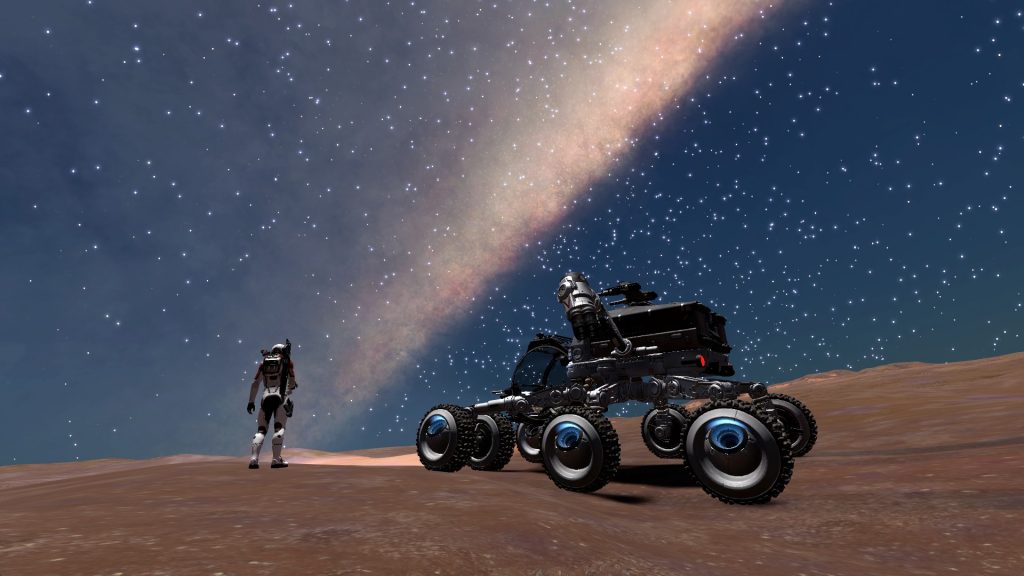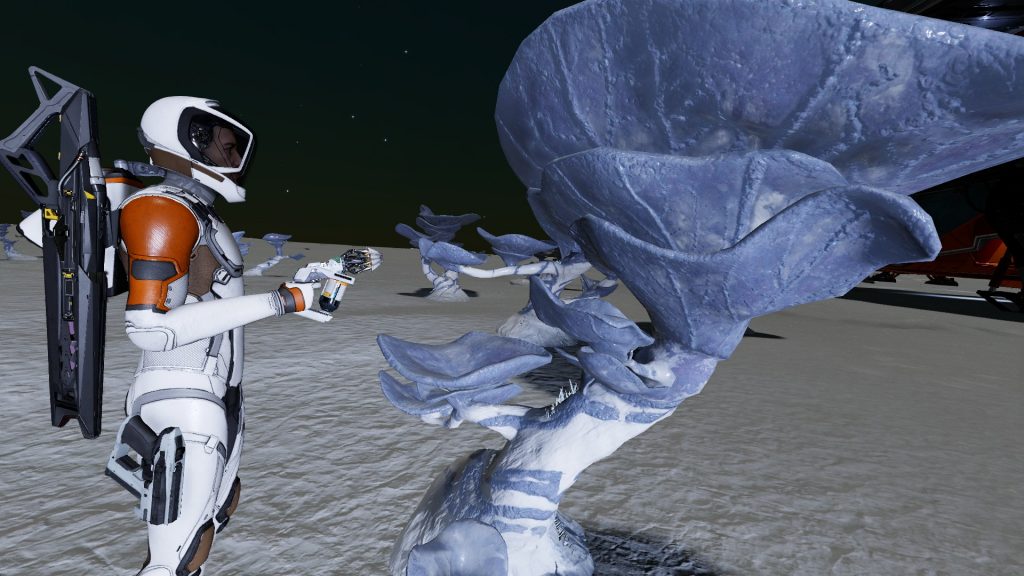
Ever since I was a child, I’ve been fascinated by technology and space. It’s incredible how far we’ve come, with the ability to travel tens of light years in mere seconds. However, despite all the advancements, one thing remains unchanged – the need for money to fund our endeavors.
There are a few methods to make money in this new era. Mining asteroids used to be a popular choice, but it has become boring and soul-destroying as the easily accessible materials have been depleted.
Trading is another option, and I’ve made enough money to buy my own Fleet Carrier through profitable trade routes. However, trading can be monotonous, and the truly lucrative opportunities are few and far between.
The third method, and currently the most exciting, is exobiology. Vista Genomics, a company founded just a couple of years ago, has created a gold rush in the industry. People are making billions per week by scanning and selling data on alien species. The real money comes from being the first to discover a new species and make the first footfall on a planet.
I’ve noticed, however, that some flora species seem to be repeating themselves on many planets. It makes me wonder if people have unintentionally spread spores from one planet to another, resulting in similar species popping up in different corners of the galaxy. For example, I found the same mushrooms near our home planet and 22 thousand light years away in Colonia.

Despite the potential for duplication, exobiology is currently the hottest trend in the galaxy, reminiscent of the gold rush days of mining in years past.
Eager to join in on the action, I loaded up my exploration Anaconda and headed towards Colonia on a Fleet Carrier, the Magadan. The journey was free, but it is customary to donate Tritium or money to the Fleet Carrier owner for their services. I also brought along 40 ships on the Carrier, ready for the adventure ahead.
As I arrived in the Colonia region, the first thing that struck me was the breathtaking sight of the entire sky filled with stars. It was a humbling reminder of the vastness of space and the wonders it holds. Without wasting any time, I set out on my exobiology hunting expedition, plotting a route down the galaxy plane for 300 light years and randomly selecting stars to explore.
Landing on various planets along the way, I collected exobiology data. I found that icy planets were particularly challenging, with their cold, white, and often featureless surfaces making it difficult to spot certain flora species like bacteria colonies. On the other hand, planets with nitrogen or argon atmospheres were much more hospitable, and I had a better chance of discovering unique species in those environments.
The data I collected would fetch a handsome sum when sold to Vista Genomics, and I couldn’t help but feel a sense of adventure and excitement with every new discovery.
Selling the data I collected to Vista Genomics earned me a substantial income, and I was able to upgrade my equipment and expand my operations. I continued to scour planets for new species, often venturing into extreme environments and battling harsh conditions to uncover rare and valuable life forms.
Leave a Reply
You must be logged in to post a comment.